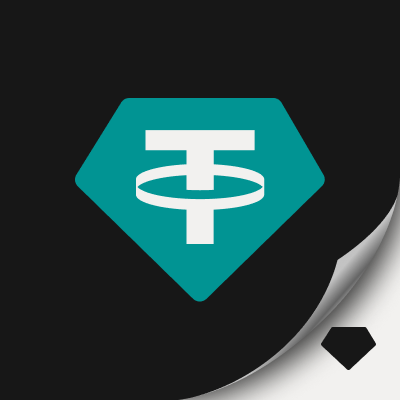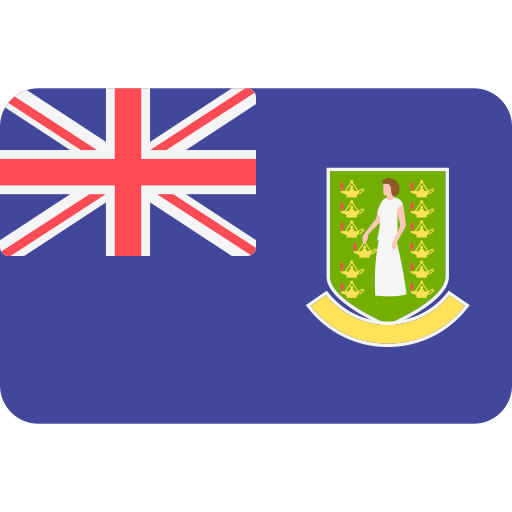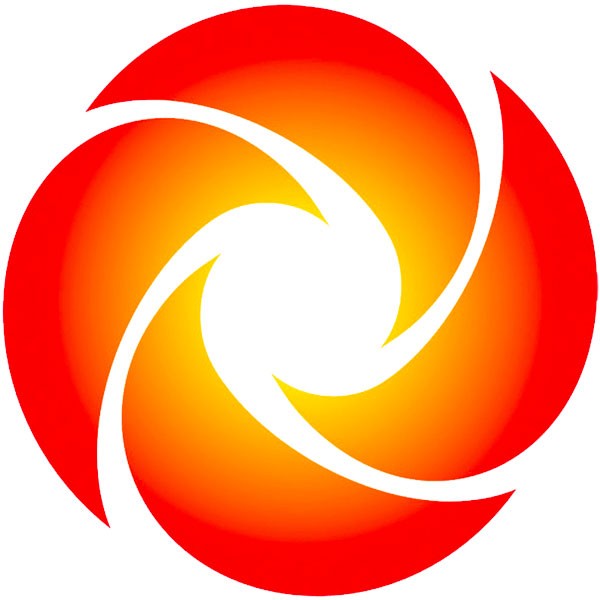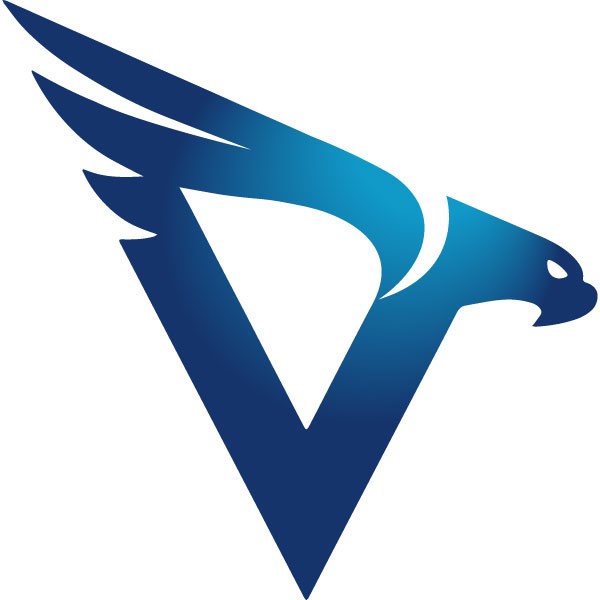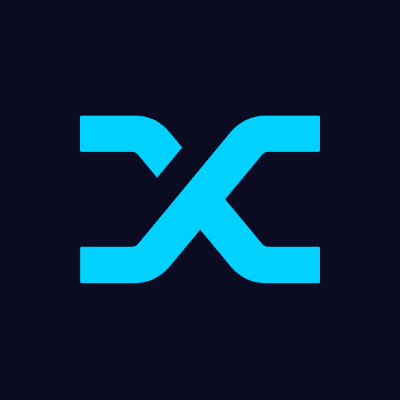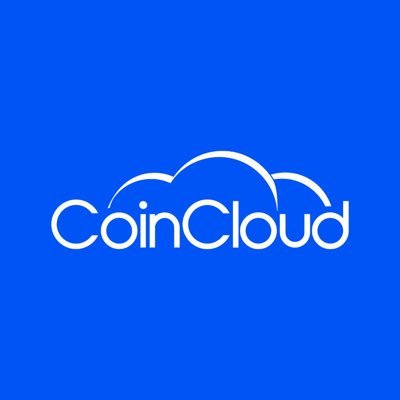Company OverviewFounded
in 2014 and registered in the British Virgin Islands (BVI), Tether is the world's leading stablecoin issuer, with USDT (Tether USD) as its main product, which is widely used in cryptocurrency trading, cross-border payments and safe-haven asset allocation.
Products &
ServicesTether mainly provides the following products and services:
USDT stablecoin: A cryptocurrency pegged to the U.S. dollar and designed to provide price stability.
Multi-chain support: USDT is available on a variety of blockchains, including Ethereum, Tron, Solana, Polygon, and more.
Cross-chain transfers: USDT transfers between different blockchains are supported.
Fiat currency exchange: Users can exchange USDT back to fiat currency, or exchange fiat currency for USDT.
Technical
ArchitectureTether's technical architecture includes:
Omni Layer: Initial issuance of USDT on the Bitcoin blockchain.
ERC-20: The version of USDT issued on the Ethereum blockchain.
TRC-20: The USDT version issued on the TRON blockchain.
Other chain support: such as Solana, Polygon, Avalanche, etc.
Tether's USDT tokens are issued and managed on these blockchains through smart contracts.
Market Performance
Market Cap: As of May 2025, USDT has a market capitalization of approximately $118 billion.
Circulation: USDT is the world's largest stablecoin in circulation, widely used in cryptocurrency trading and DeFi protocols.
Profitability: Tether's parent company, iFinex, achieved a profit of $5.2 billion in the first half of 2024, largely from gains on low-risk assets such as U.S. Treasuries.
Summary
: Tether plays an important role in the cryptocurrency market as one of the most widely used stablecoins in the world. Despite the regulatory challenges and transparency issues, its strengths in multi-chain support and wide adoption have allowed it to maintain its leading position in the market.
